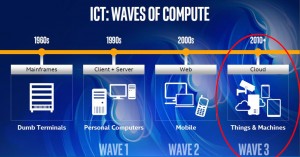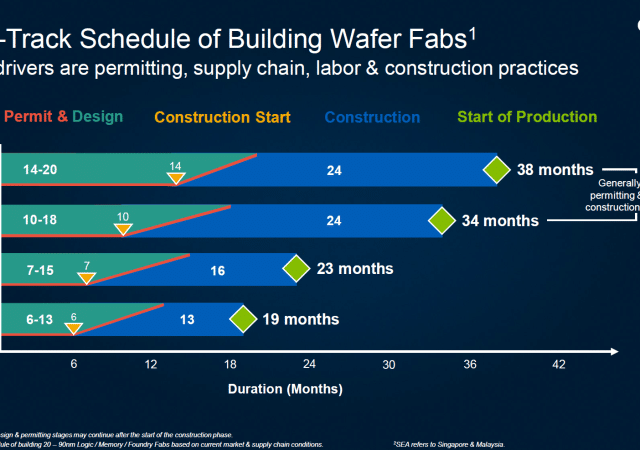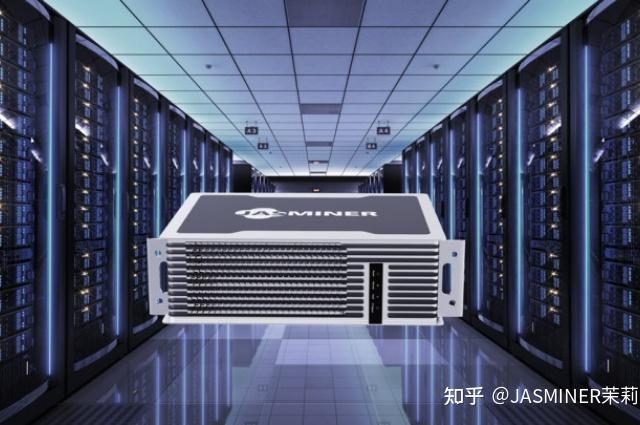Over the past 40 years, the electronics industry has gone through three distinct stage or “waves” of evolution. Last year, in a Solid State Technology webcast presentation, Intel’s Islam Salama described the waves and how the latest wave is driving the semiconductor industry in new and very different ways. Dr. Salama is responsible for packaging substrate pathfinding of high density interconnects across all Intel products. His team focuses on packaging substrate architectures, process and materials technology building blocks, intellectual property management, and manufacturing ecosystem development.
The first wave occurred in the 1990s, driven mainly by personal computers and enterprise servers. The 2000s saw the very wide adoption of smartphones and cellular phones. “This really provided a very solid platform for industry growth, Salama said.
But today, a major shift is under way. “Starting in 2010, we started to see a generational shift in the IT architecture. This shift is really reshaping every aspect of our economy and industry, and defining the opportunities that are available for growing the industry moving forward,” he said. This shift – you guessed it – is driven smart devices, cloud computing and the IoT.
“As we experience pervasive computing behavior, we demand consistency and seamless interface among all our devices as we use them throughout the day,” Salama said. “It becomes a cycle. The more pervasive computing becomes, the more demand there is on the cloud and the data center. In the process, you create new application and you try to come up with new devices that keep up with the applications, and the cycle feeds on itself.”

Big and small data being generated by the IoT and smartphones is seen as the next big disrupter. In Wave 2 (the 2000s), PCs generated 90 MB/day and smartphones 30MB/day. In Wave 3, the numbers jump dramatically. A connected car, for example, will generate 4TB of data/day, a connected plane, 40TB/Day and a connected factory 1 PB/Day (petabyte (PB) is 1015 bytes of data).
“Such an explosion of data, driven by our behavior as consumers and the emergence of new applications, will really challenge the infrastructure of the entire network as we know it today,” Salama said.
For example, all the sophisticated data analytics that are performed today at the data center need to be pushed downstream. This is particularly true for applications that will become very sensitive to data latency, for example, such as autonomous driving or connected hospitals.
“This is really shaping the future to be concentric around big data, and this is the main reason why data is being viewed today in the industry as the next disruptor and the engine for driving the semiconductor and the information and computing technology moving forward,” Salama said.



It’s always fascinating to see how semiconductors have changed throughout the years and quite simply it just baffles me when I try to comprehend the change in data whether it be storage or transfer across instruction sets.
Always cool to see posts like this that highlight how far our technology has come!